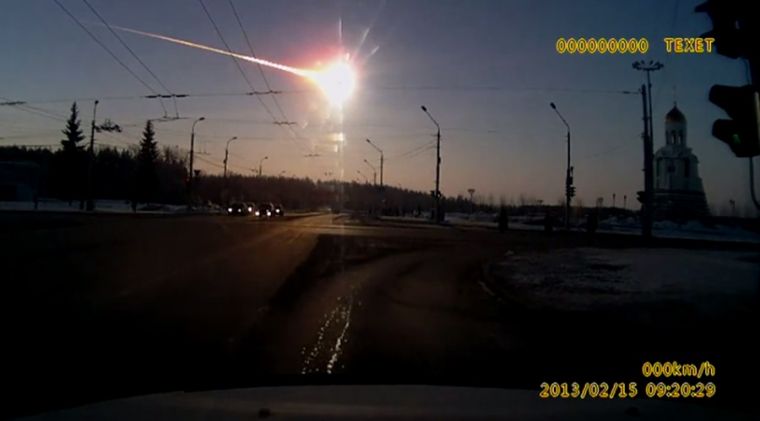Huge fireball, 2nd largest in recent history, exploded over the Atlantic on February 6, NASA reveals

Is this a sign of an approaching threat that may spell doom for planet Earth and mankind?
Although not a lot of people noticed it, a huge fireball meteor blazed across and exploded across the sky over the Atlantic Ocean off the coast of Brazil earlier this month.
The National Aeronautics and Space Administration (NASA)'s Near Earth Object programme recorded the fireball passing over the area last Feb. 6, reaching its peak brightness at 8:55 a.m. ET. The space object was detected 19.2 miles over the South Atlantic.
NASA Astronomer Ron Baalke noted that the fireball meteor is not just an ordinary one. It happens to be the second largest since the Chelyabinsk incident, which took place over Russia some three years ago.
"A large fireball—the largest since Cheylabinsk—was detected 31 km over the South Atlantic on Feb. 6," Baalke said on his Twitter account, as quoted by Fox News.
It may be recalled that more than 1,600 people were left injured after a meteor shot across the southern Urals in Russia in February 2013. The space object exploded in mid-air, causing widespread property damage in the Siberian city of Chelyabinsk.
Another astronomer, Phil Plait, meanwhile said in a Slate blog post that the large fireball meteor is actually a meteoroid, or a solid piece of space debris.
He further estimated the meteoroid to be 16.4 to 30 feet across if made of rock. The Chelyabinsk meteor was 62 feet across.
The explosion of this fireball meteor over the South Atlantic happened just over a month after the NASA formalised its efforts to detect, warn and protect the Earth against near-Earth Objects (NEOs) through the opening of its new Planetary Defense Coordination Office (PDCO).
This new office, which is under the agency's Science Mission Directorate in Washington, is part of NASA's plan to capture or redirect approaching asteroids.











